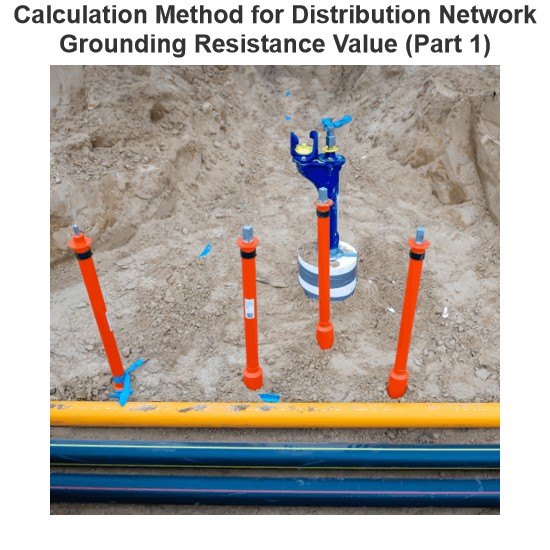How do superconducting power lines work, and what are the main challenges preventing their widespread adoption in urban power grids?
Superconducting power lines utilize the properties of superconducting materials to transmit electrical energy. Superconducting materials exhibit zero resistance at low temperatures (typically below their critical temperature), meaning that current can flow through the superconductor without loss. Here’s a basic overview of how superconducting power lines work:
Superconducting Materials: Use materials that can become superconducting at specific low temperatures, such as niobium-titanium (NbTi) alloys or high-temperature superconductors like yttrium barium copper oxide (YBCO).
Cooling System: To maintain the superconducting state, a cooling system is needed to keep the material below its critical temperature. Common cooling media include liquid helium (for traditional low-temperature superconductors) or liquid nitrogen (for high-temperature superconductors).
Power Transmission: In a superconducting state, current flows through the conductor with virtually no loss, significantly improving the efficiency of power transmission. Additionally, due to the high current density in superconductors, a smaller volume of superconducting cable can carry more power than conventional cables.
Main Challenges Hindering Widespread Adoption in Urban Grids
While superconducting power lines offer notable advantages, such as reduced power losses and increased transmission capacity, they face several challenges that limit their widespread adoption in urban grids:
Cooling Requirements: Superconducting power lines require continuous cryogenic cooling, which increases the complexity and cost of the system. The cooling equipment not only incurs initial investment but also generates ongoing operational and maintenance expenses.
Manufacturing Cost: Currently, superconducting materials are more expensive than traditional conductor materials. Moreover, the manufacturing process for superconducting cables is more complex, driving up costs.
Infrastructure Overhaul: Existing power infrastructure may require extensive modifications to accommodate superconducting power lines. This includes updating distribution systems, substations, and other related facilities.
Reliability and Safety: Superconducting cables can lose their superconductivity under extreme conditions (such as power overload), a phenomenon known as “quench.” During a quench, the superconductor returns to a resistive state, leading to a rapid rise in temperature that could damage the cable. Reliable protection mechanisms are necessary to prevent such occurrences.
Technology and Standards: Superconducting power lines are a relatively new technology, and the relevant technical specifications and industry standards are still evolving. The lack of mature standards can hinder commercialization.
Public Acceptance: The introduction of new technologies often takes time to gain public trust and support, especially when it involves significant changes to infrastructure and technology.
Summary
Superconducting power lines efficiently transmit electrical energy by utilizing the zero-resistance properties of superconducting materials at low temperatures. However, the challenges they face include high cooling demands, manufacturing costs, infrastructure overhaul requirements, reliability and safety concerns, and evolving technology and standards. Addressing these challenges will help promote the adoption and development of superconducting technology in power transmission.
The Electricity Encyclopedia is dedicated to accelerating the dissemination and application of electricity knowledge and adding impetus to the development and innovation of the electricity industry.













